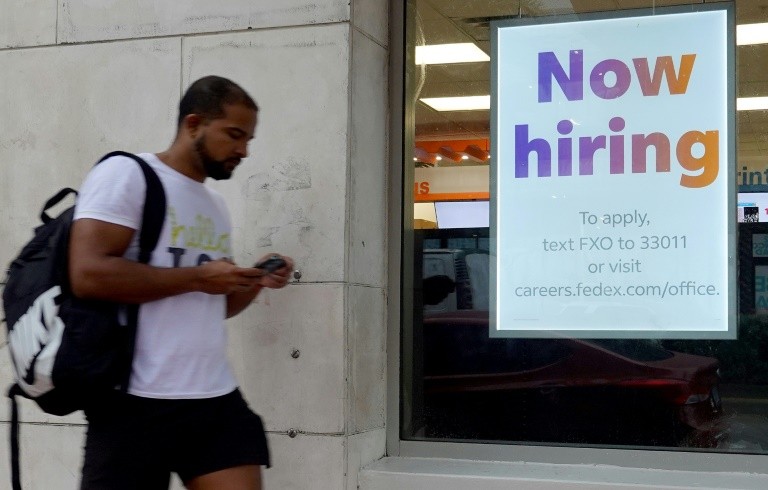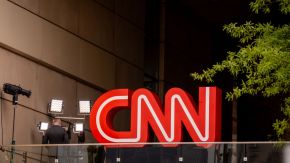
More than half of all U.S. industries reported job cuts in July, a pattern that economists say has historically preceded economic downturns.
According to Fortune, , with healthcare being the only major sector still adding jobs. Zandi described the figure as a "telling" warning sign, noting that such broad-based declines often appear in the early stages of recessions.
The U.S. jobs report for July showed the economy added only 73,000 positions, far below expectations. Employment growth in May and June was also revised downward by a combined 258,000 jobs, signaling that earlier labor market strength was overstated. The unemployment rate rose to 4.2 percent, while the labor force participation rate fell for the third straight month to 62.2 percent, according to Reuters.
In a post on X, Zandi cautioned that the economy is "on the precipice of recession" but not yet in one, adding that a policy shift could still help reverse the trend. He emphasized that sustained weakness across multiple sectors, rather than a single month's data, is the more reliable indicator of an oncoming downturn, as reported by Business Insider.
Signs of strain are also emerging in unemployment benefit data. Nearly two million Americans are currently receiving unemployment assistance—the highest number since late 2021—indicating that more job seekers are struggling to find new work, according to The Washington Post.
Economists point to a combination of factors behind the slowdown. Tariffs on a wide range of imports and tighter immigration restrictions have been weighing on both consumer demand and the labor supply, particularly in manufacturing and construction. These policy-driven headwinds, combined with slowing hiring momentum, are heightening the risk of a broader economic contraction, as reported by Business Insider.
Originally published on IBTimes















